While we were hiking at Caesar Creek Gorge State Nature Preserve, I happened across this frothy, little mess.
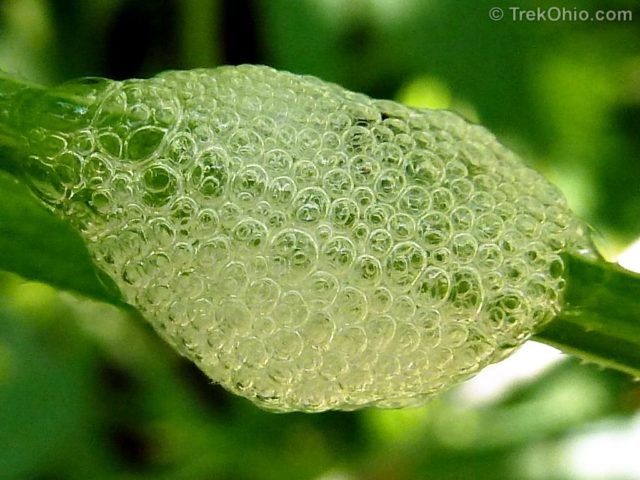
 Weird…
Weird…
I had previously encountered this bubbly stuff on grass.
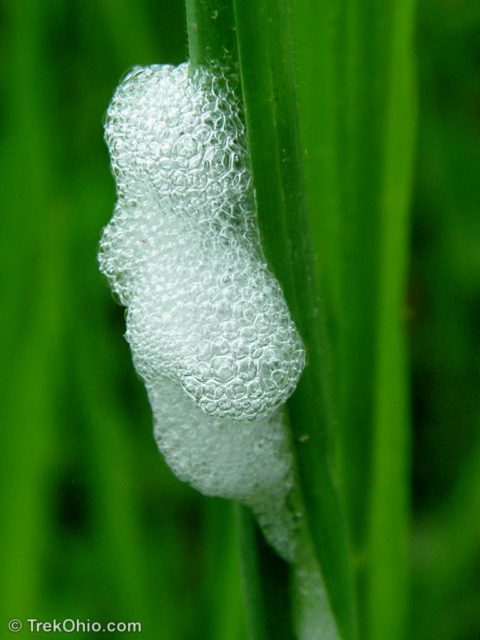
It turns out that this is the work of a spittlebug, and you are looking at his spittle.
![]()
Okay, it’s not exactly spittle. The spittlebug youngsters (called nymphs) tap into plants and suck their sap. According to this Wikipedia article, while consuming sap the nymphs use the “excess, filtered fluids” to produce their characteristic froth. The article didn’t say exactly how they do this, and I’m not sure I want to know.
In each of the above photos a nymph is hidden within the bubbles. I have almost convinced myself that I can see a shadowy nymph on top of the stem in the uppermost photo. But I’ve never encountered a nymph outside of his bubbles, so I’m publishing a photo of one that I found at Wikimedia Commons
The sap-sucking does damage the plant. If you’re a farmer with oodles of these bugs sucking on your crops, you have a problem. However if we look at how the bubbles benefit the bug, it’s really quite impressive. According to the same Wikipedia article:
- Predators (whether bugs or birds) don’t easily realize that there is a yummy, little treat inside all that froth.
- The bubbles insulate the nymph so that the temperature is just right for its development.
- The bubbles keep the nymph moist.
- If an animal is daring enough to sample the froth, it has an acrid, disagreeable taste further discouraging predation.
The scientific name for this little creature is Philaenus spumarius which roughly means that it “loves sparkles.” The “sparkles” are an allusion to the light reflecting off its bubbles.
The adult bug has its own super-power: it is an amazing jumper. An adult spittlebug can jump 70 cm (2.3 feet) which is one hundred times its body length. Because of their jumping prowess, spittlebugs also go by the name “froghopper”.
This is the time of year that little gobs of nymph “spittle” can be found on plants here and there. If you aren’t too grossed out by them, try taking a closer look. Sometimes you can see bubbles within bubbles, and sometimes the bubbles sparkle.
Update
I just came across an explanation of how spittlebugs make their “spittle,” but I am too genteel to publish it here. ![]() However to support the spirit of inquiry of those who dare to know more, I am linking to the Ohio State University article where all is revealed.
However to support the spirit of inquiry of those who dare to know more, I am linking to the Ohio State University article where all is revealed.
More on Bugs

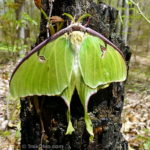
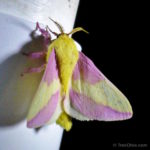
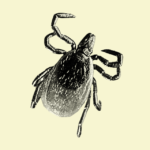
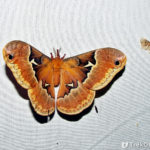
They are one of my favorite O WOW moments with kids. There eyes open up to more exploring.
I love seeing kids’ curiosity ignited. 🙂
I saw those bubbly stuff before. Never imagine there a little bug inside. Thanks for sharing such wonderful shots & little facts about these bubbly bugs.
Jim
Thank you, Jim. 🙂
That is so weird and amazing all at the same time! Great photos of a part of nature that I have, once again, never heard of. It’s incredible that Ohio has all of these little wonders hidden away. And here all this time I thought California was the crazy one… 🙂
Thanks, Carol. I believe this strange, little bug came to us originally from Europe.
The top picture reminds me of that plastic bubble wrap…the bubbles are so perfectly formed. 🙂